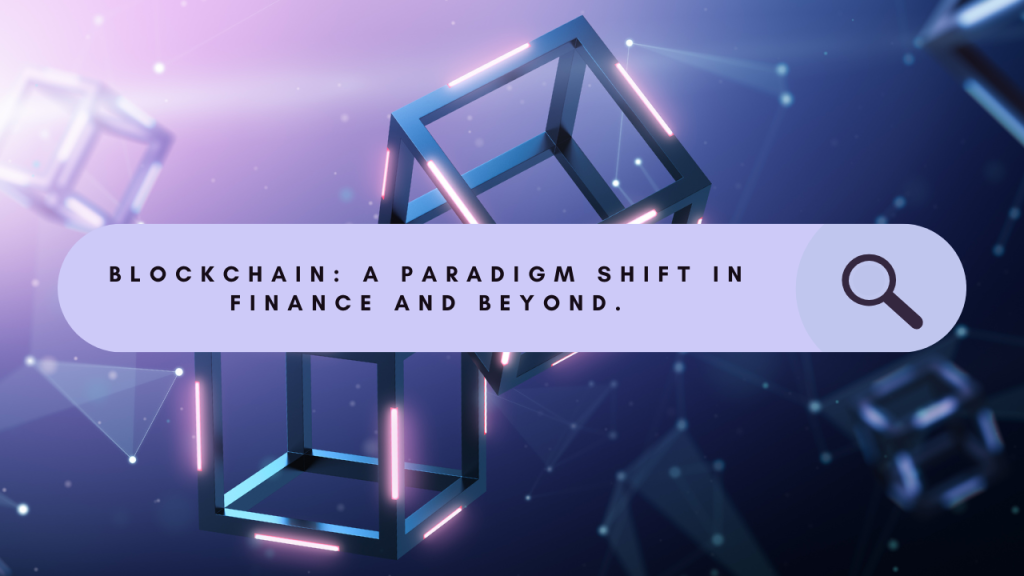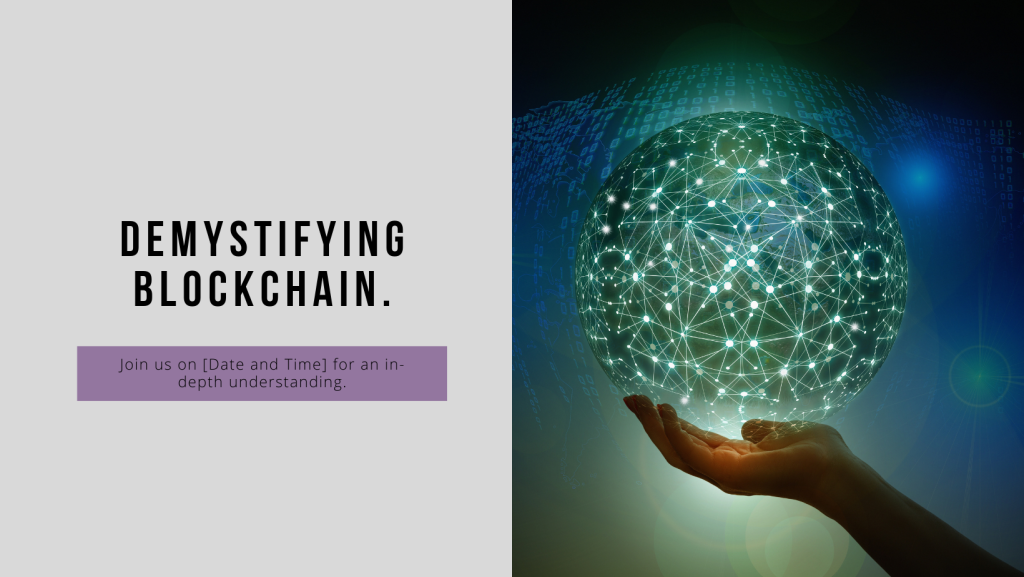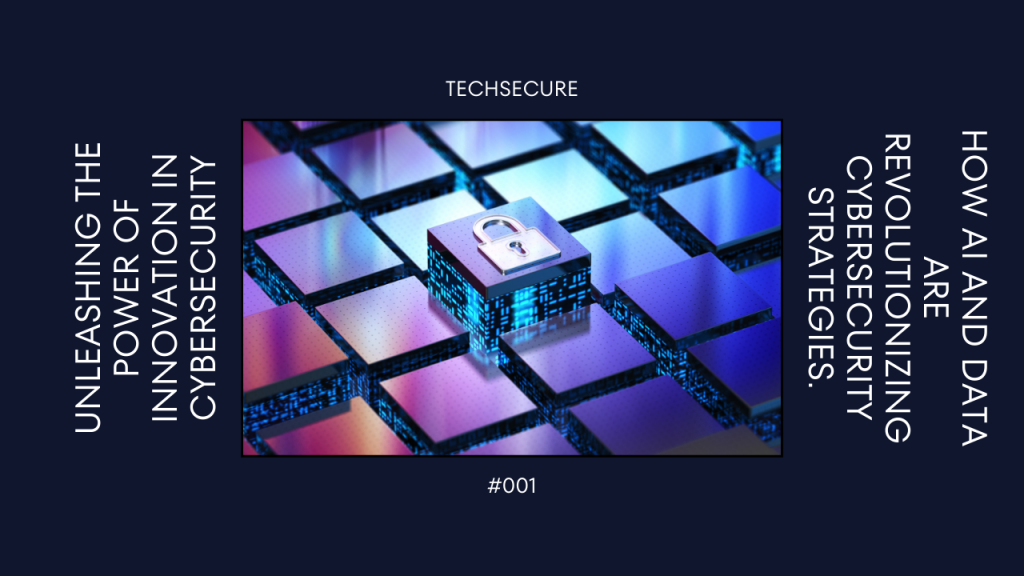Blockchain technology, which offers previously unheard-of levels of efficiency, security, and openness, has completely changed how we view and carry out financial transactions. Blockchain has the potential to drastically change a number of industries, including banking, supply chain management, healthcare, and voting systems, in addition to its use in cryptocurrency.
Increasing Transparency and Trust: At its foundation, blockchain is a decentralized ledger that securely and openly records transactions made over a network of computers. Every transaction is cryptographically connected to every other transaction, forming an almost impenetrable chain of data that cannot be altered. Participants’ trust is increased by this transparency and auditability, which eliminates the need for middlemen and streamlines procedures.
Encouraging Financial Inclusion: Blockchain technology has the potential to democratize financial services accessibility, especially in underprivileged areas with a deficiency in traditional banking infrastructure. Without the need for a traditional bank account, anyone can send and receive payments, obtain credit and loans, and use banking services by utilizing blockchain-based systems. Global poverty rates are lowered, marginalized communities are given more influence, and economic prosperity is promoted by this inclusivity.
Using Smart Contracts to Unlock Innovation: Smart contracts are self-executing contracts written on blockchain systems that, in the event that certain criteria are satisfied, take automatic action and enforce their terms. Numerous applications, such as automated payments, supply chain management, processing insurance claims, and decentralized autonomous organizations (DAOs), are made possible by these programmable contracts. Smart contracts simplify procedures, minimize human intervention, and do away with the need for middlemen.
Taking Care of Scalability and compatibility: Blockchain technology has the potential to be a game-changer, but its widespread adoption is constrained by issues with scalability and compatibility. Interoperability is the smooth transfer of assets and data between various blockchain networks, whereas scalability is the network’s capacity to manage a high volume of transactions effectively. Advances in consensus processes, cross-chain interoperability protocols, and layer 2 solutions are being made to overcome these issues and pave the way for wider industry integration and acceptance.
Blockchain technology will have a more significant impact on banking and other industries as it develops and matures. Unlocking blockchain’s full potential and promoting positive societal change will require embracing innovation, encouraging collaboration, and addressing scalability and interoperability issues.
















